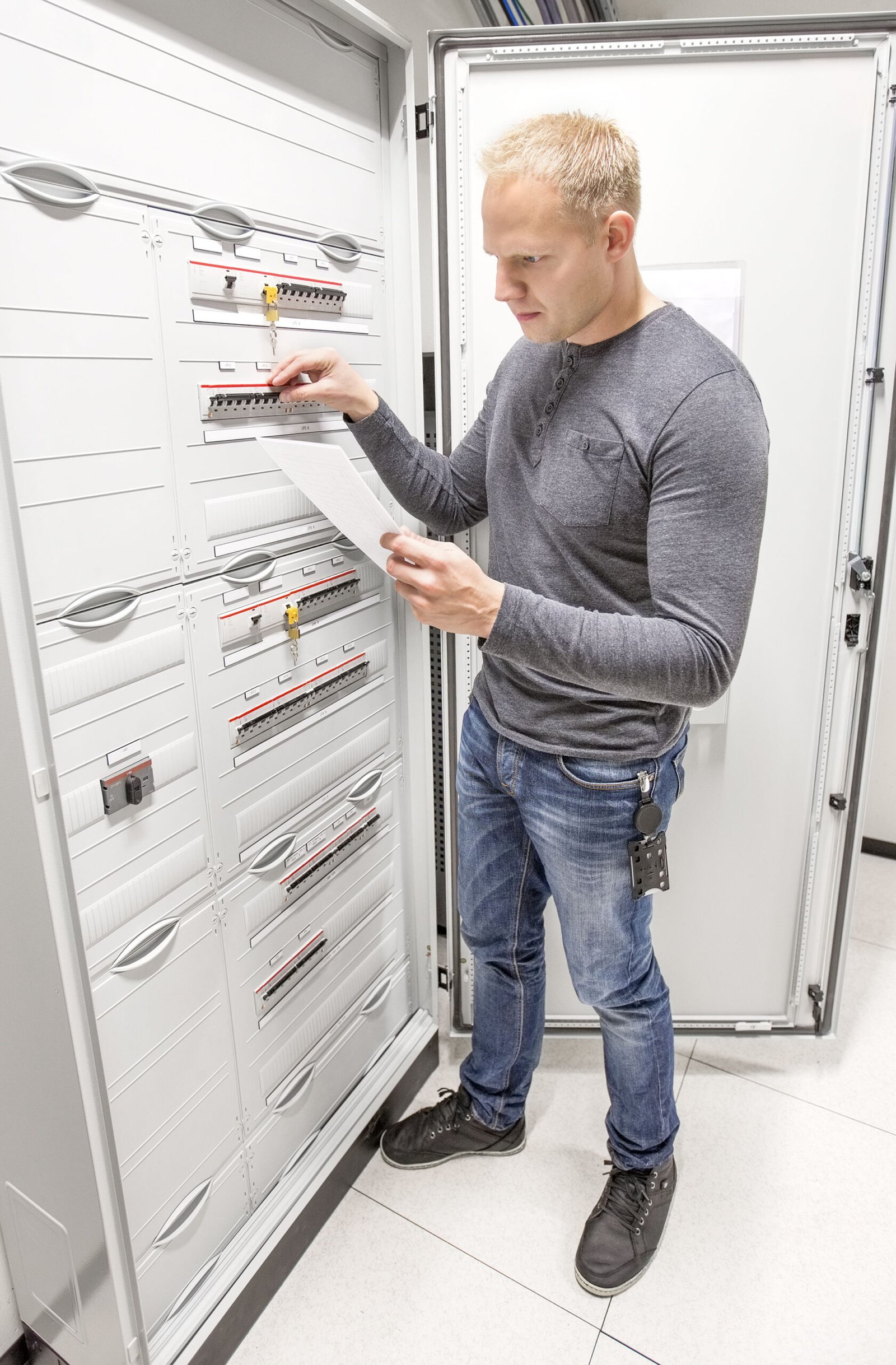In today’s hyper-connected world, a stable internet connection is no longer a luxury—it’s a necessity. When Customer Premises Equipment (CPE) fails, frustration ensues, and Internet Service Providers (ISPs) must act swiftly to resolve issues while maintaining customer trust. But how exactly do ISPs manage CPE failures and customer complaints?
This article dives deep into the behind-the-scenes processes ISPs use to diagnose, troubleshoot, and rectify CPE-related problems while ensuring a smooth customer experience.
Understanding CPE Failures: The Root of Most Connectivity Issues
Customer Premises Equipment (CPE) refers to devices like modems, routers, or ONTs (Optical Network Terminals) provided by ISPs to deliver internet services. When these devices malfunction, customers experience:
- No internet connectivity
- Slow speeds
- Intermittent disconnections
- Hardware defects (overheating, power issues, etc.)
Since CPE is the bridge between the ISP’s network and the end user, failures can lead to a surge in customer complaints. ISPs must handle these efficiently to prevent churn and maintain service reliability.
How ISPs Diagnose CPE Failures
Before a technician is dispatched, ISPs use advanced remote monitoring tools to detect CPE issues. Here’s how they do it:
1. Remote Diagnostics & Proactive Monitoring
Modern ISPs employ Network Operations Centers (NOCs) equipped with AI-driven monitoring systems that track:
- Device status (online/offline)
- Signal strength & packet loss
- Firmware health
If anomalies are detected, automated alerts trigger preliminary troubleshooting—sometimes resolving issues before the customer even notices.
2. Customer Self-Help Portals & Chatbots
To reduce call volumes, ISPs provide:
- Step-by-step troubleshooting guides
- AI chatbots for instant diagnostics
- Reboot or firmware update prompts
This empowers users to fix minor issues without waiting for support.
3. Tiered Technical Support
When remote fixes fail, ISPs escalate cases through a structured support system:
- Tier 1: Basic troubleshooting (reboots, cable checks)
- Tier 2: Advanced diagnostics (signal tests, configuration resets)
- Tier 3: Field technician dispatch
This ensures that only unresolved cases require on-site visits, optimizing resource allocation.
Handling Customer Complaints: Balancing Speed & Satisfaction
A frustrated customer is a potential churn risk. ISPs follow structured protocols to manage complaints effectively:
1. Rapid Response Systems
- 24/7 call centers with trained agents
- Callback assurances if wait times are long
- SMS/email updates on complaint status
2. Transparent Communication
Customers appreciate honesty. ISPs now:
- Provide real-time outage maps
- Estimate resolution times
- Explain technical issues in simple terms
3. Compensation & Goodwill Gestures
If downtime exceeds SLAs (Service Level Agreements), ISPs may offer:
- Bill credits
- Free speed upgrades
- Extended support warranties
This helps rebuild trust and reduce frustration.
Preventing Future CPE Failures: Proactive Measures by ISPs
Reactive fixes aren’t enough—ISPs invest in long-term solutions:
1. High-Quality Hardware Upgrades
- Partnering with reliable CPE manufacturers
- Regular firmware updates
- Heat-resistant & energy-efficient designs
2. Predictive Maintenance Using AI
- Analyzing failure patterns
- Preemptively replacing aging devices
- Optimizing network load to prevent overheating
3. Customer Education Initiatives
- Workshops on basic troubleshooting
- Video tutorials for device setup
- FAQ sections covering common issues
Conclusion: A Seamless Experience Starts with Efficient CPE Management
CPE failures are inevitable, but how ISPs handle them defines customer loyalty. By combining remote diagnostics, structured support tiers, transparent communication, and proactive maintenance, ISPs minimize downtime and keep users connected.
For customers, knowing that their ISP has robust failure-resolution mechanisms in place brings peace of mind—and for ISPs, it translates to higher satisfaction and retention rates.
